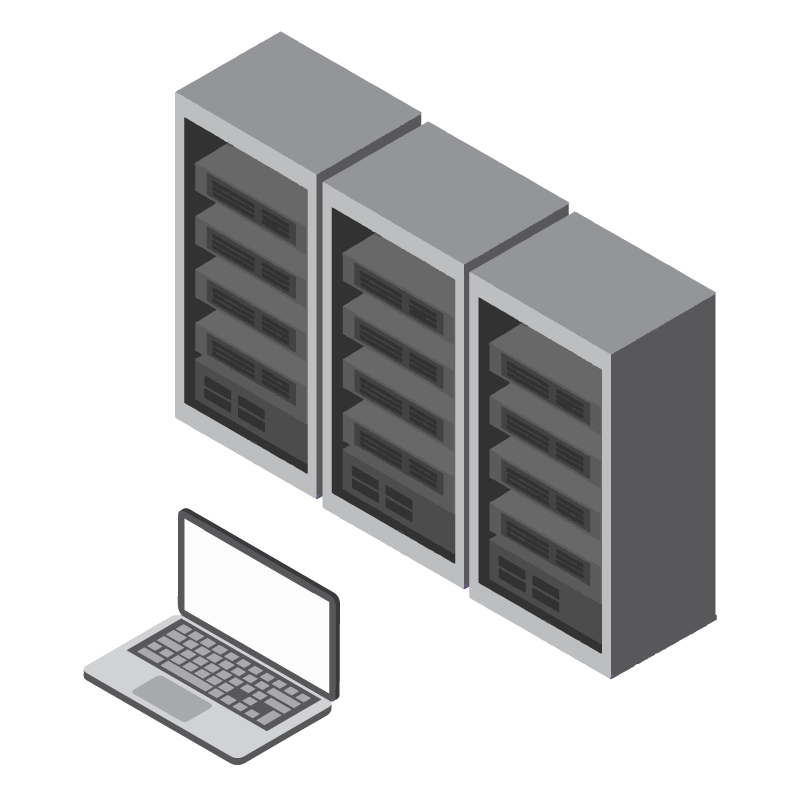VULNERABILITY MANAGEMENT

Immediately after adding an asset to your Customer Footprint, we will start scanning it using multiple techniques and scan engineers. After port scanning the open ports will be scanned for running apps and the specific exploit payloads will be run against the specific service. This includes OS detections, Service Detection, SSL checks, authentication checks, CVE exploitation, CCE discovery, etc. Once new apps are identified they will be added to your CF. Internal Scanners (VM/Docker Appliance) or Dedicated Software Agents (Installed on the machine or inside an AD) can be deployed to gain more visibility into internal assets.
Contextual Reporting
Technical and Business Contexts are generated automatically by grouping applications based on their purpose in the Customer’s Organization. Manual contexts can also be created by Administrators. Custom Business Impacts can be influenced based on the customer’s BIA in order to influence risk impact. The risk impact is also influenced by threat Intelligence information such as public exploits in the wild targeting and identified vulnerability. CVRs (Custom Vulnerability Reports) cover both Business and Technical relevant information.
200,000
The average
a digital incident may
cost your customer
84%
of businesses that don’t have an MSP would consider one if they offered the “right” solution
CYBERSECURITY
Now a determining factor of
your customers continuing
to use your services

Continuous Monitoring
Scanning jobs will run automatically according to the predefined schedule. Administrators can customize how default scans are being run (which ports are affected and how often a scan is run). Customer Vulnerability Reports (CVRs) are automatically updated once a change is detected in the Customer’s Footprint. Users can subscribe to otifications for new vulnerabilities or periodic updates with a specific frequency. A footprint update can be generated by an update in the global threat feed (such as a new CVE on the existing Footprint) or an update inside the Customer’s Footprint itself: such as a new open port inside the firewall, an application update fixing an already-identified vulnerability or generating a new one.
